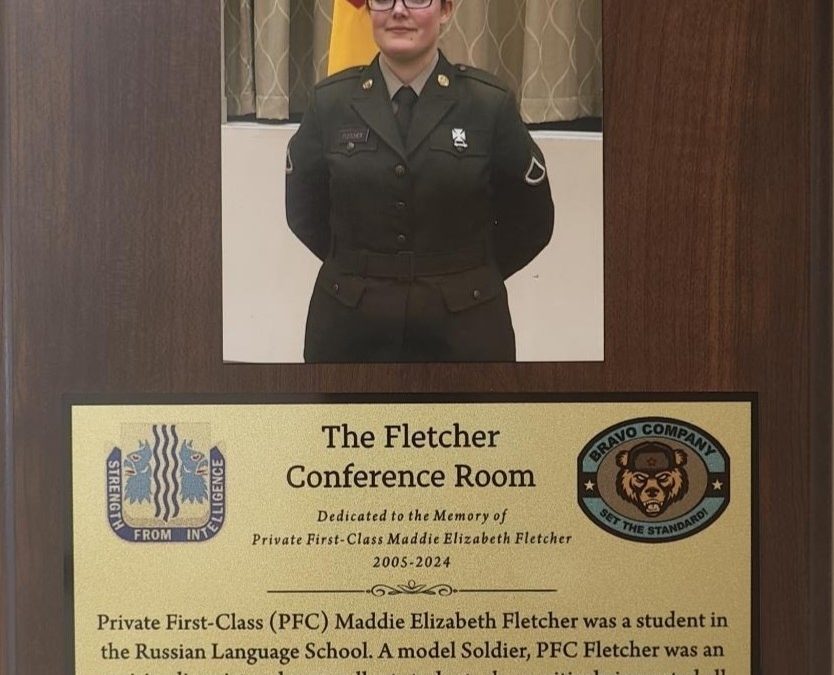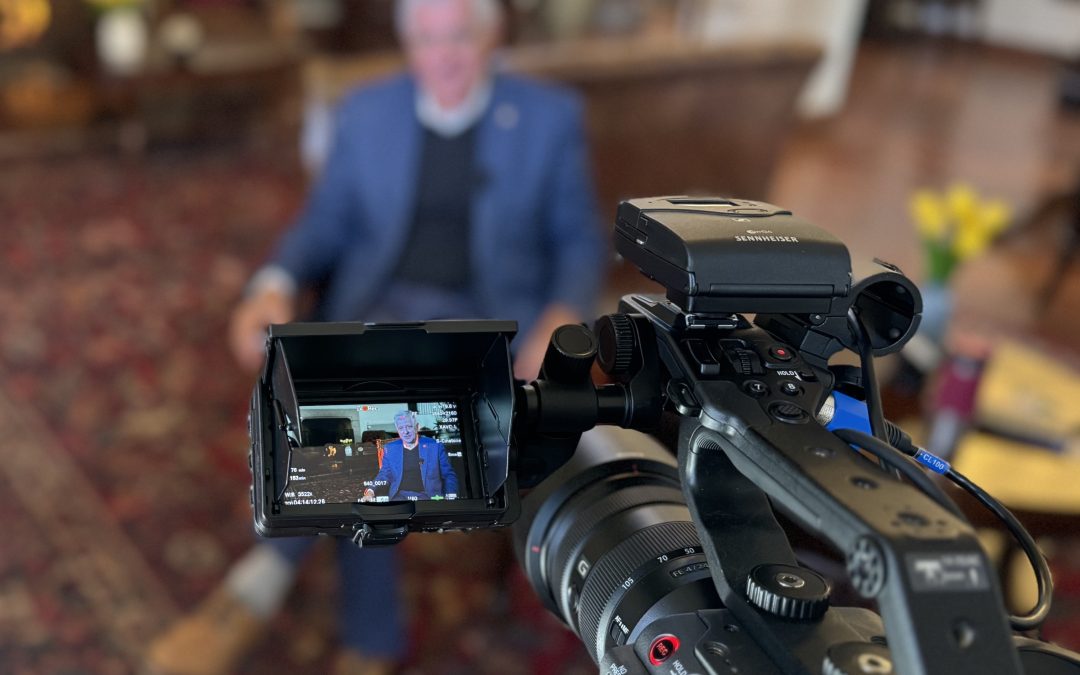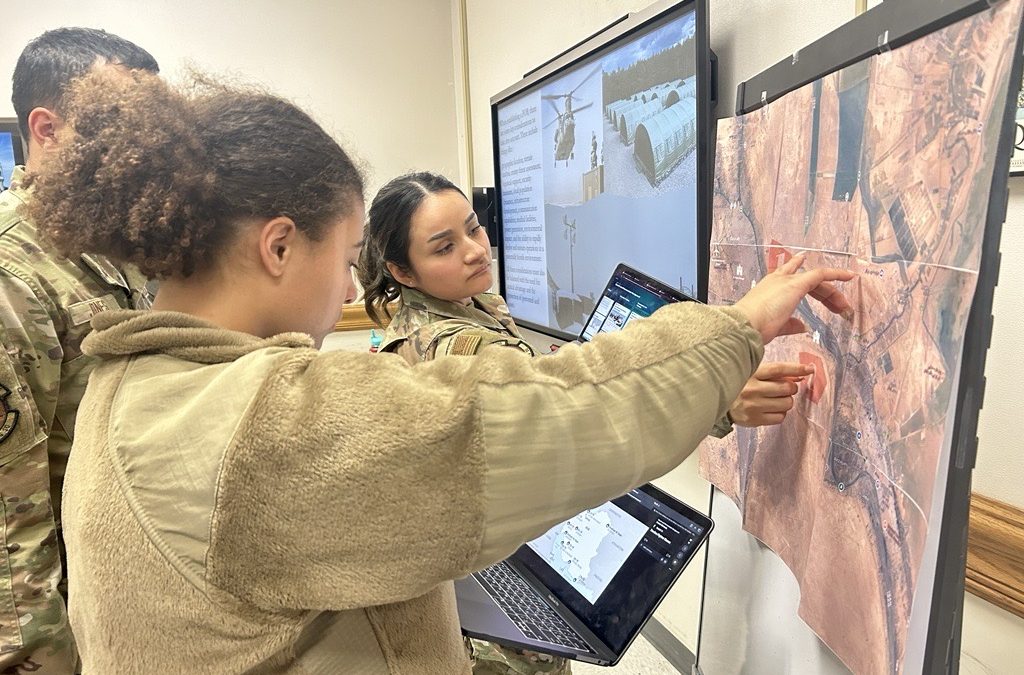By Natela Cutter,
DLIFLC Public Affairs
MONTEREY, Calif. – The Defense Language Institute Foreign Language Center, in cooperation with the University of Maryland Center for the Advanced Study of Language, announced Sept. 21 that a new aptitude battery for predicting the ability of an individual to learn a foreign language was released to Military Entrance Processing Stations nation-wide for feasibility testing and scoring calibration.

Dr. Gregory Colflesh, research associate of the Center for Advanced Study of Language, brief’s DLIFLC Research and Analysis staff about the new features of the DLAB2 battery. (Photo by Natela Cutter)
“The new battery is called the Defense Language Aptitude Battery 2, or DLAB2, and will be administered at the recruiting stations in conjunction with the current DLAB for several months in order to collect data that will tell us how effective the new battery is in comparison to the current version,” said Gary Hughes, DLIFLC director of Training Analysis.
“We introduced two new cognitive measures to the battery,” said CASL research associate Susan Campbell. “We wanted to introduce some measures that would better predict the aptitude to learn a foreign language, so we added items that would measure working memory and inductive reasoning. These two cognitive measures were not present in the old battery.”
“Some of the components that were added were pre-existing,” said Scott Jackson, CASL associate research scientist. According to Jackson, CASL team members worked closely with the Defense Manpower Data Center (DMDC) and were able to isolate items from other exams that are administered, in order to pull that data into the DLAB2 battery.
“So, for example, if there is good information derived from the current ASVAB (Armed Services Vocational Aptitude Battery) such as the personality indicator, then we would be able to use that information,” said Campbell. While the ASVAB measures developed abilities and helps predict future academic and occupational success in the military, the DLAB2 specifically measures foreign language aptitude.

DLIFLC Staff listen intently to the lecture of Dr. Gregory Colflesh, research associate of the Center for Advanced Study of Language, Maryland, with which the Institute partnered to create a new and improved battery that would examine personality traits of perspective students as well as aptitude. (Photo by Natela Cutter)
“But along the way, we have discovered that there are many other indicators that have an effect on the prospective students, and with this new battery, we hope to broaden the pool of qualified service members who come to DLI,” said Marzenna Kroll, DLIFLC researcher of Training Analysis. “There are 24,000 DLABs administered per year at the MEPS and we want to the cream of the crop to come to us,” she said.
The electronic distribution of the DLAB2 to the MEPS occurs through the DMDC, which collects and maintains DoD personnel data that includes information regarding manpower, training, healthcare, retirement funding and other administrative information.
DLIFLC trains some 3,500 professional linguists of all four branches of the service. The Institute teaches 23 languages, but 90 percent of the students learn the most difficult languages such as Arabic, Chinese, Korean, and Japanese. The more difficult to learn languages programs last up to 64 weeks, creating the second longest training pipeline in the military.




